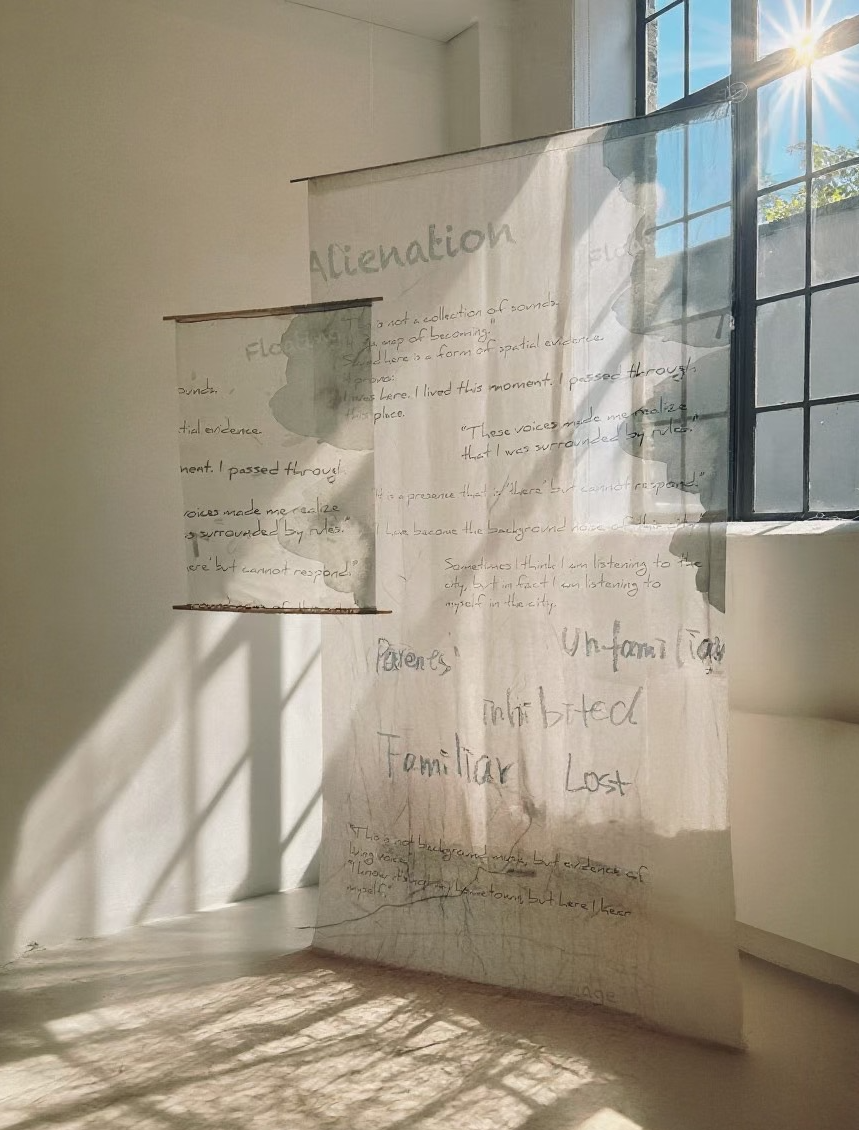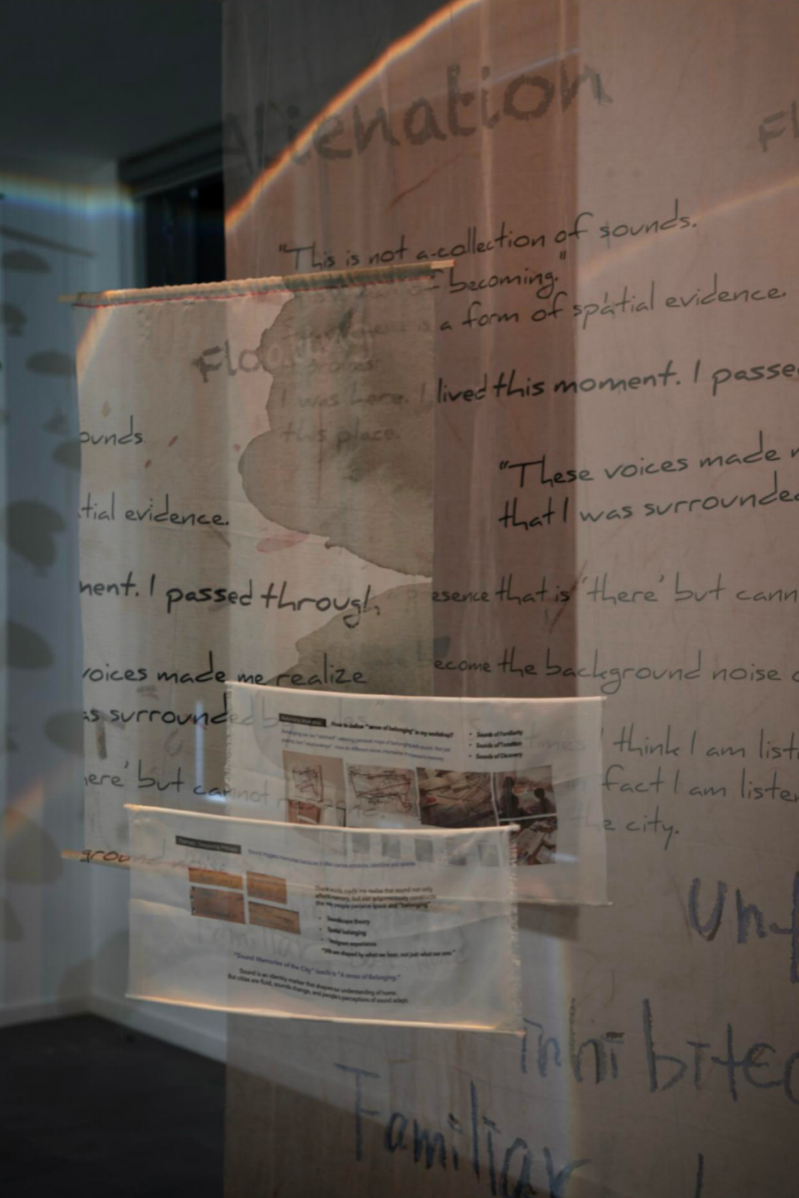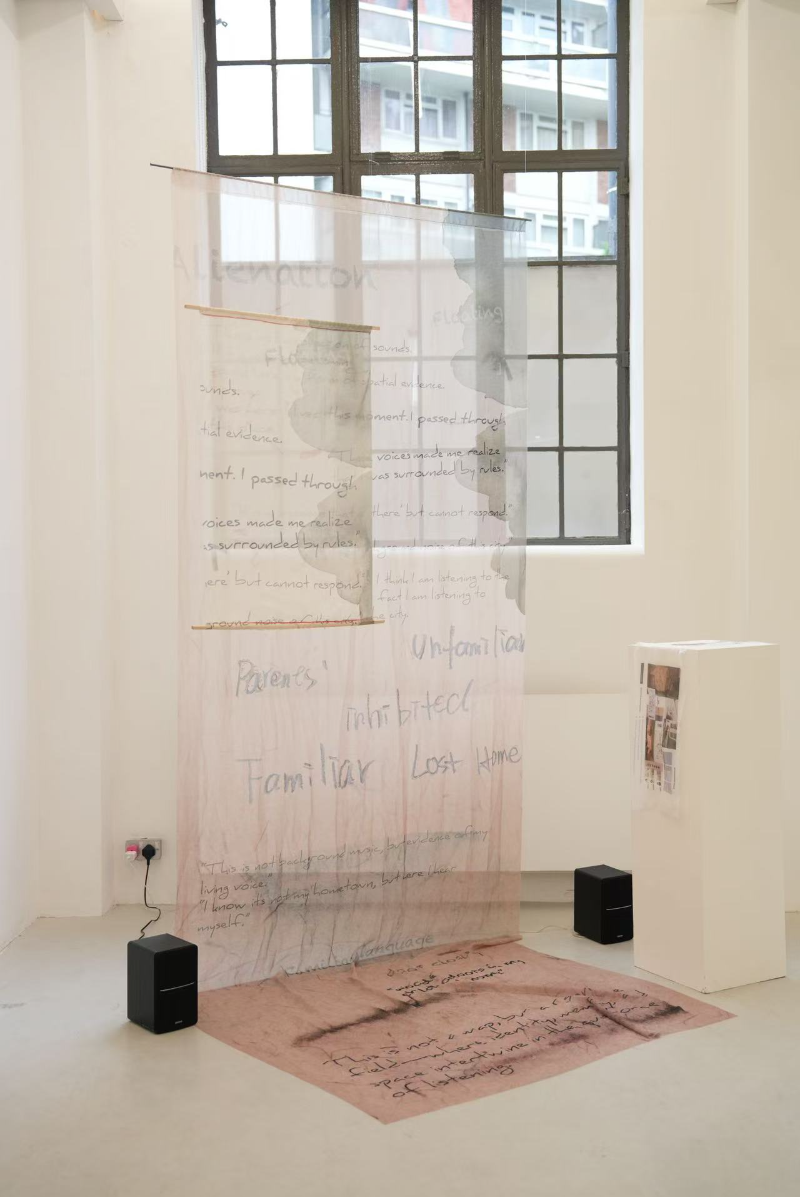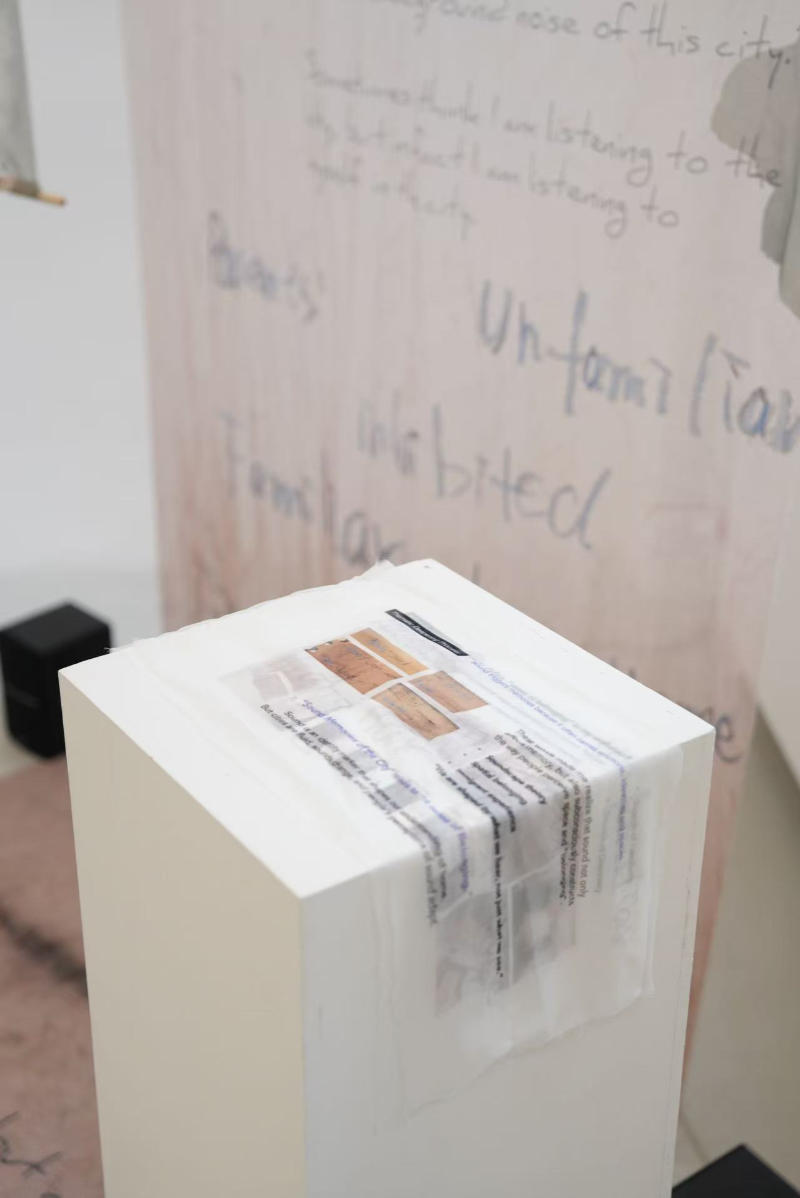Chenxue Li
Information Experience Design MA
Royal College of Art
Specialisms: Graphic Design / Film / Sound Art
Location: Beijing, China
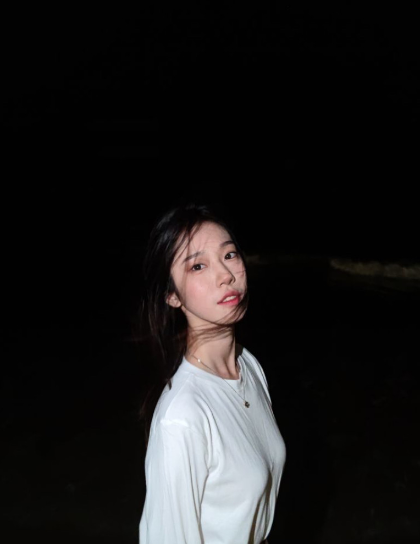

Chenxue Li

First Name: Chenxue
Last Name: Li
Specialisms: Graphic Design / Film / Sound Art
Sectors:
My Location: Beijing, China
University / College: Royal College of Art
Course / Program Title: Information Experience Design MA
About
I am a multidisciplinary director and artist exploring the complex relationships between humans, the environment, institutional structures, and perception. With a background in Eco-Crisis and Graphic Design from the Central Academy of Fine Arts, and additional experience in digital media and jewellery design, I have developed a practice rooted in diverse material languages and narrative structures.
My work integrates moving image, essayistic aesthetics, and spatial installation to investigate the agency of individuals, collectives, non-human beings, and materiality within ecological and historical transformations. As a director, I navigate between documentary and sensorial approaches, using sound, image, and spatial dynamics to reframe the tension between personal experience and social systems.
In recent years, I have focused on shifting identities, diasporic experiences, and urban soundscapes—translating intimate, unsharable sensations into tactile, collective memory. I seek to build modes of encounter where listening becomes a form of participation.
I see directing as a collaborative, translational, and perceptual practice. My works often emerge from workshops, field recordings, and multimedia collages, engaging participants as co-creators in immersive, nonlinear explorations of threshold states and layered experiences.
Infiltration, Boiling, Evaporation, We Step into White Salt Flats
This project aims at the slow-paced Hainan Yantian village accompanied by tidal changes, and through field investigations, gradually traces a thread: from the Anti-Japanese War to the reform and opening up, salt has changed from a wartime necessity to a pillar of private enterprise economy, and then to a symbol calling back to national identity. The village has transformed from a socialist legacy to a cultural heritage, and then to a tourist attraction as per demand. The workers of Yantian, too, have shifted from “summoned revolutionaries” to “rooted immigrants”, and then to “urban outsiders”. The villagers of Yantian, like evaporated salt grains, are inconspicuous, yet deeply embedded in the synchronicity of China’s social development. The project utilises sculpture and moving images to create a white salt pit— the boiling and evaporation of seawater, coincidentally resonates with the living environment of the salt workers. Through this, I attempt to allow the audience to perceive that in the village squeezed by the damp heat wave, the low rumbling sound is like those speechless stories, vibrating, vibrating...
Competitions

Global Creative Graduate Showcase 2025
Becoming Through Sound: A Study of Sonic Identity in Transitory Spaces
In a world shaped by increasing mobility and cultural dislocation, the identities of migrants and transients are constantly in flux. My research centers on the role of sound as a medium to trace the shifting boundaries of belonging and becoming. Through participatory field recordings, such as sound diaries and immersive listening workshops, my work explores how everyday soundscapes act as emotional cues, memory triggers, and identity anchors for those living "in between". Drawing on Homi Bhabha’s concept of the Third Space,1 my project argues that sound offers a transitional zone where private and public identities intersect, where language falters but sonic presence persists.2 By analyzing the collaborative sound installation Sound Tapestry and the voices of participants, the work reveals how sound can function as a form of "spatial evidence"3 of existence, offering resonance in the absence of stability or definition. This paper asks: when belonging becomes unstable, can sound replace territory, and offer a felt sense of home? Rather than providing answers, the work invites audiences to listen into the gaps, between cultures, languages, and people, and to perceive identity not as fixed, but as rhythmically unfolding through sonic experience. Keywords:Soundscape; Identity in transition; Participatory art; Migrant narratives; Sonic memory


